Regression Analysis of Cereal Demand: Price, Income, and Consumption
VerifiedAdded on 2023/06/08
|5
|1127
|110
Report
AI Summary
This report presents a regression analysis of cereal demand, focusing on the impact of factors such as corn and wheat prices, as well as inflation-adjusted household income in the U.S. The regression equation Qdx = -144.269674 + 3.72603512(PX) + 1.18150771(PY) + 0.00287693(M) is used to model the relationship, where Qdx represents demand, PX is the average farm price of corn, PY is the average farm price of wheat, and M is the inflation-adjusted income. The results indicate a positive relationship between cereal prices and demand, with a $1,000 increase in corn price leading to a $3.73 increase in demand and a similar increase in wheat price resulting in a $1.18 increase in demand. Inflation-adjusted income has a marginal effect, with a $1,000 increase leading to only a $0.0029 increase in demand. The R-squared value of 0.8633 suggests that 86.33% of the variability in the error term is explained by the model, and the adjusted R-squared of 0.85315 indicates a good fit. ANOVA and t-tests confirm the statistical significance of the variables in predicting cereal demand, highlighting the importance of both price and income factors in influencing consumption patterns among American households.
1 out of 5
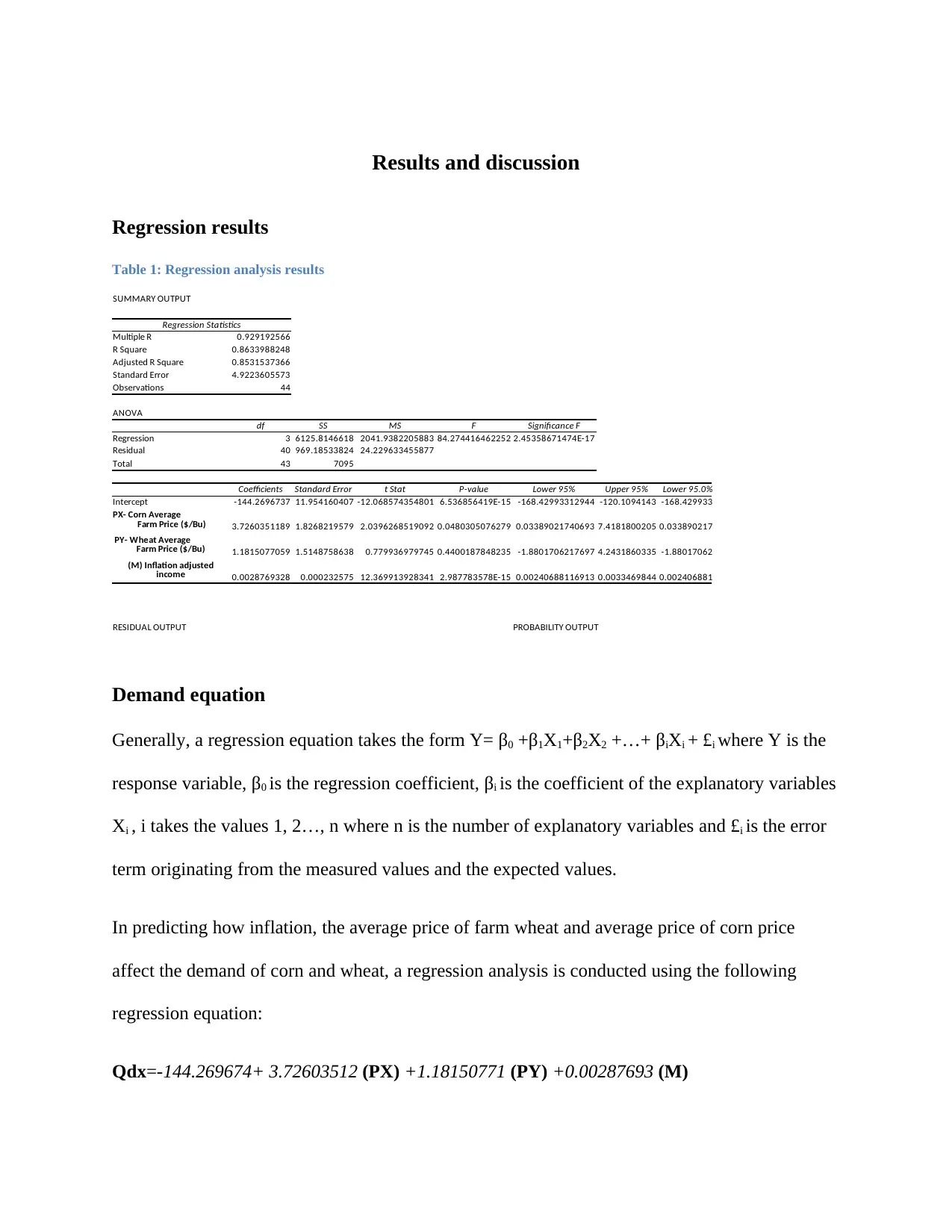
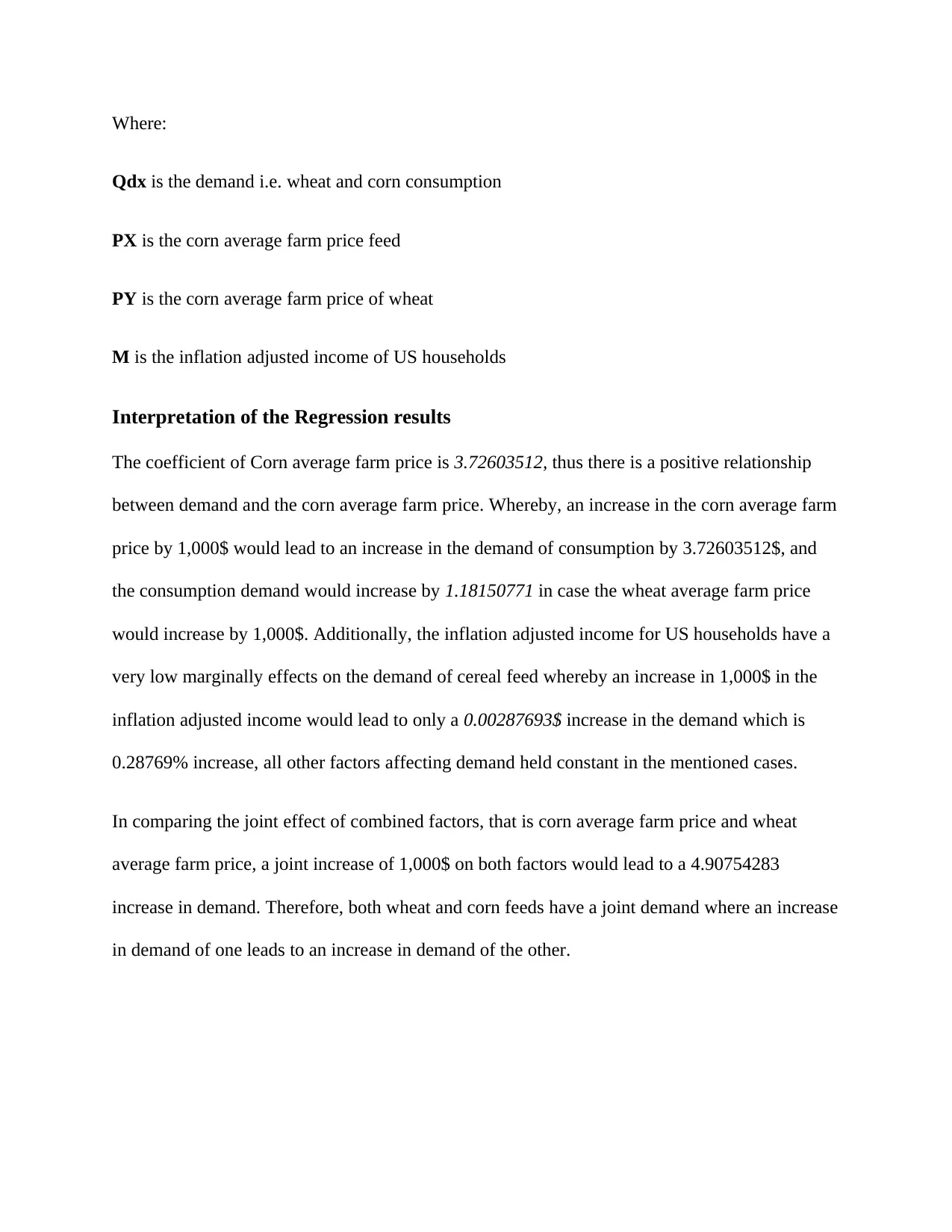
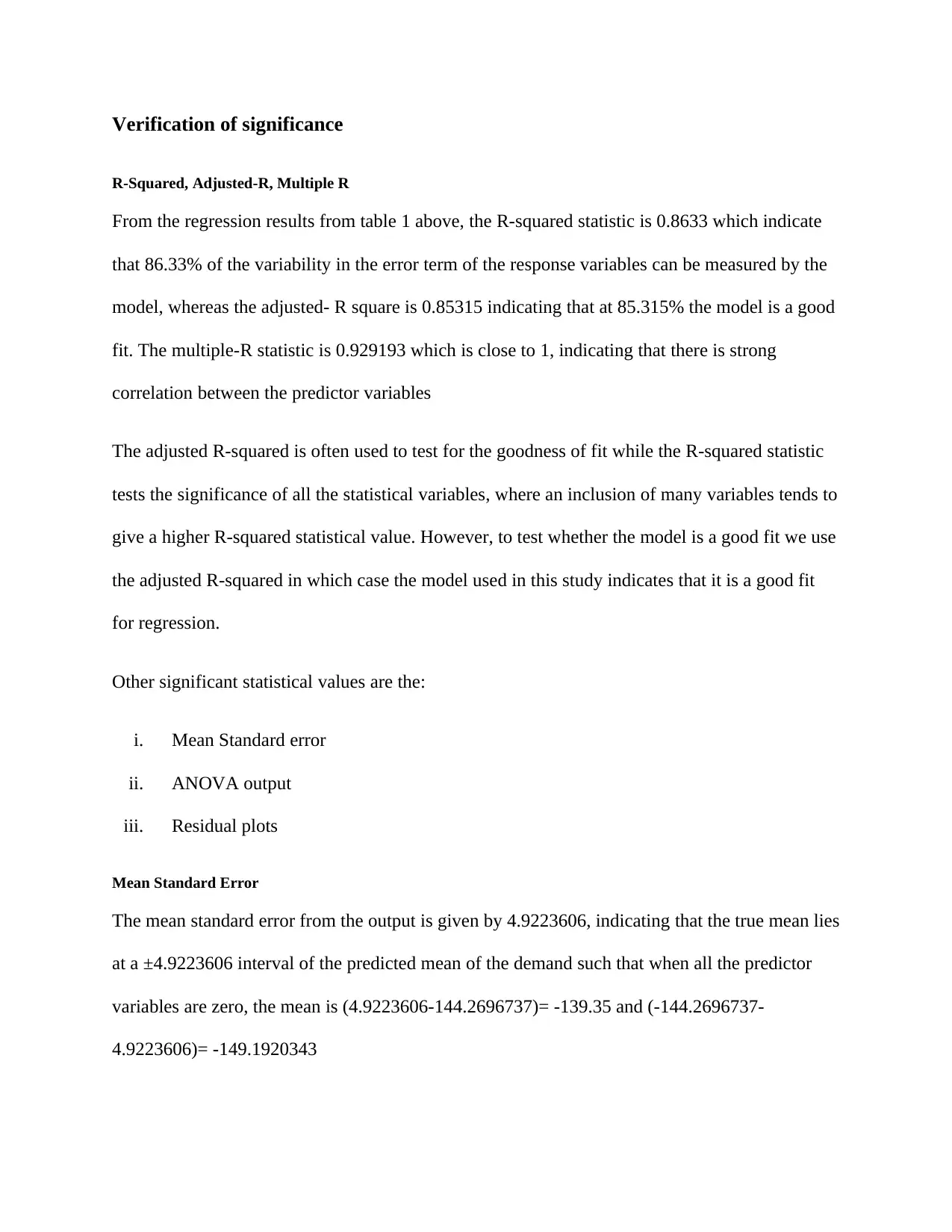

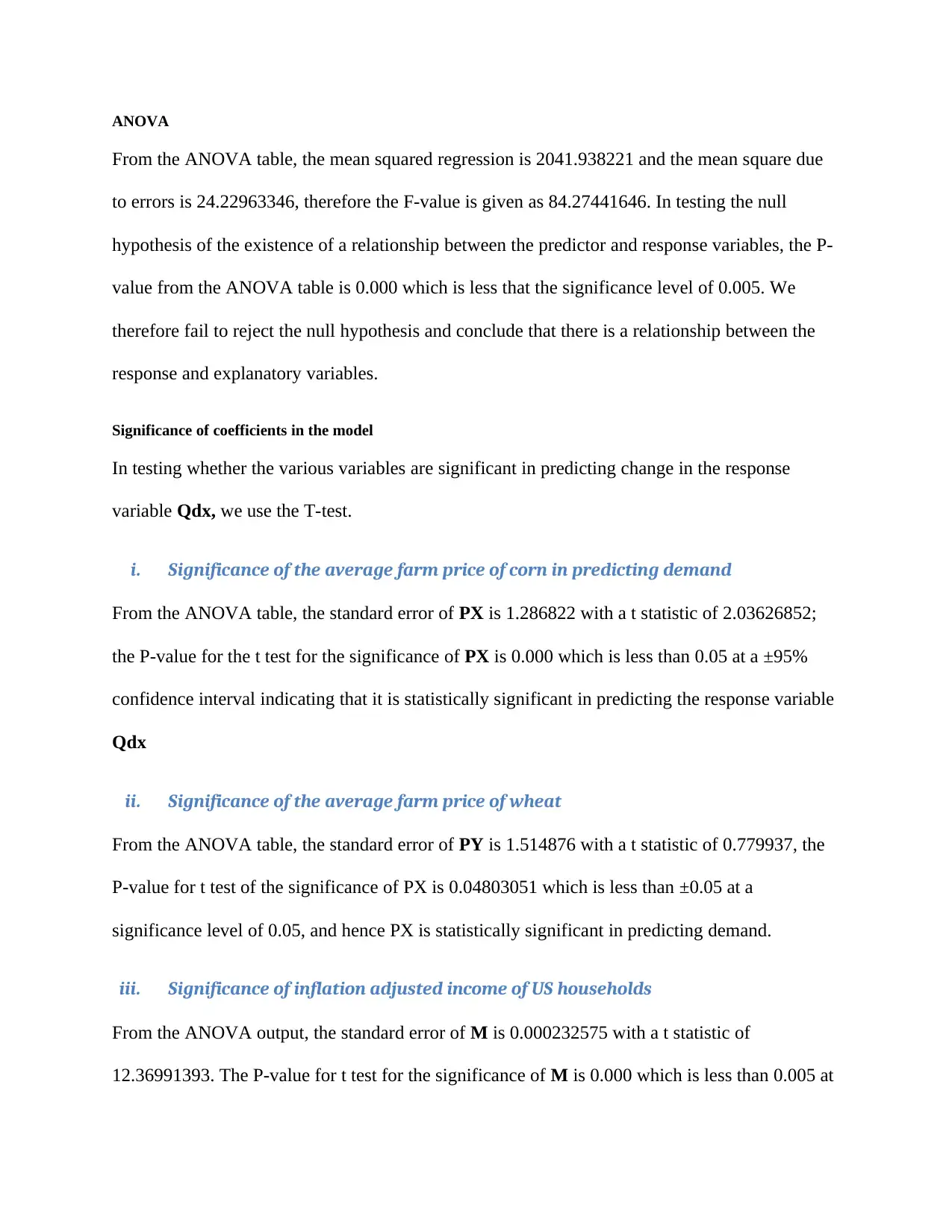
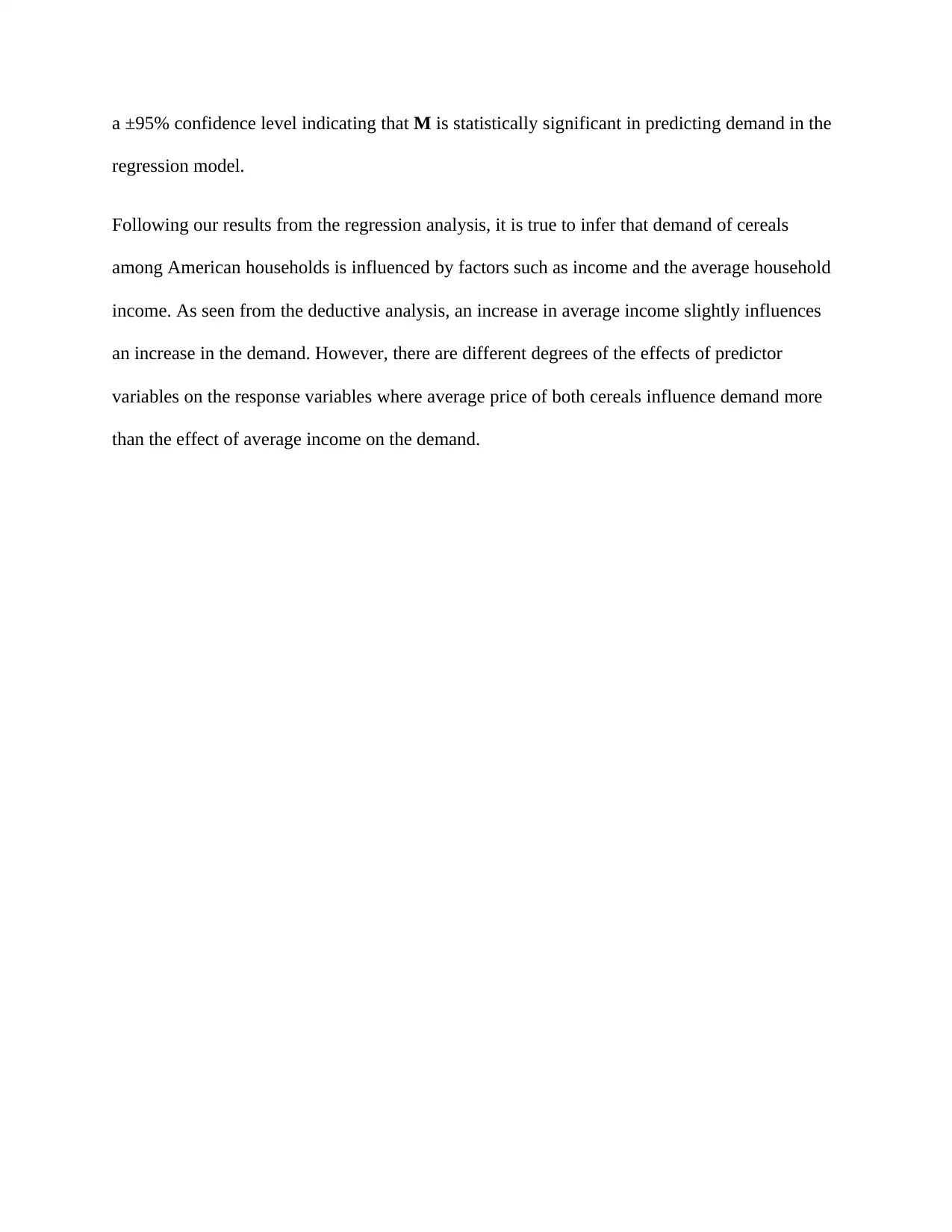





![[object Object]](/_next/static/media/star-bottom.7253800d.svg)